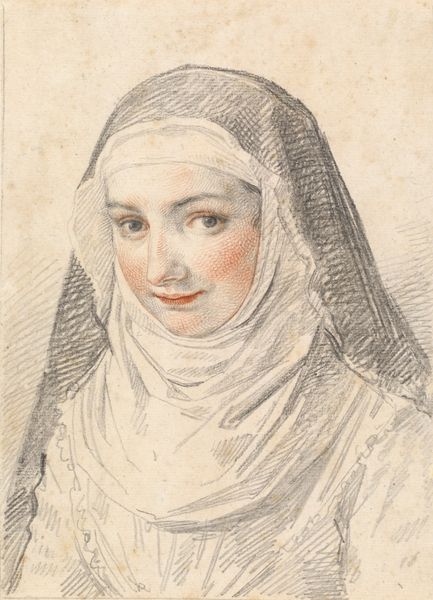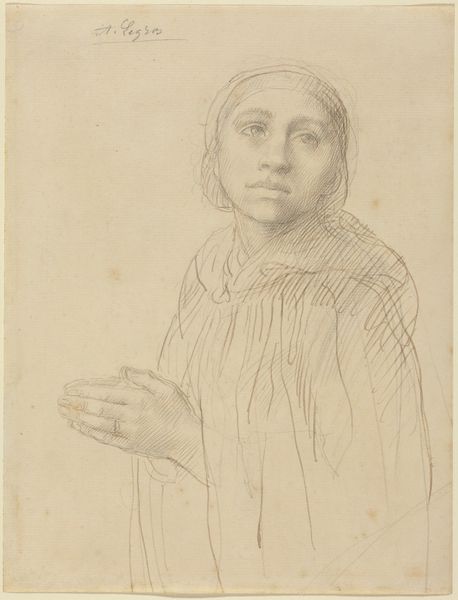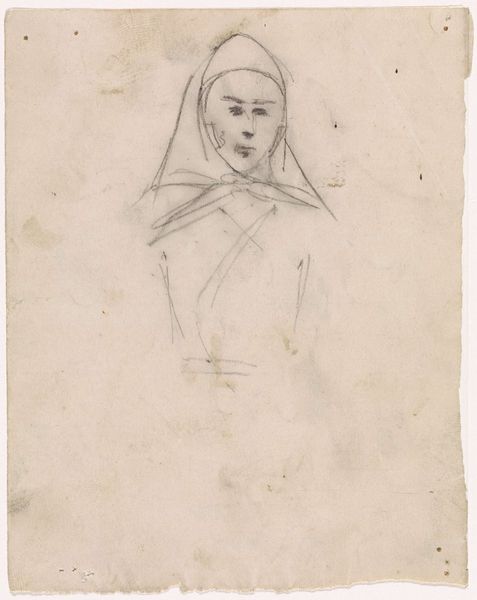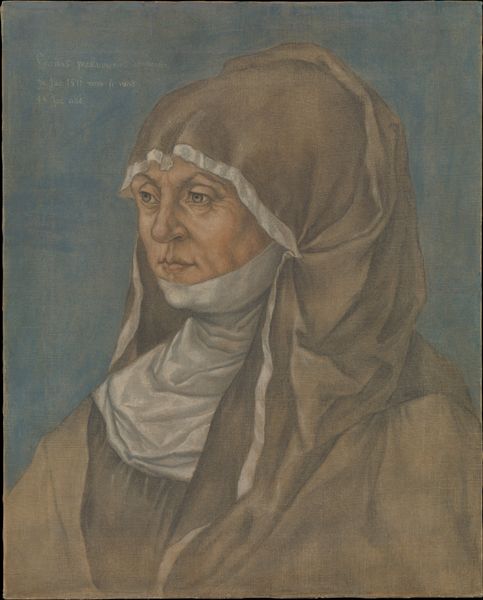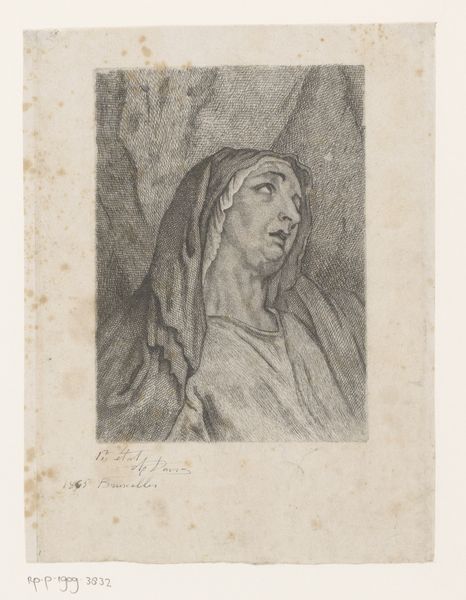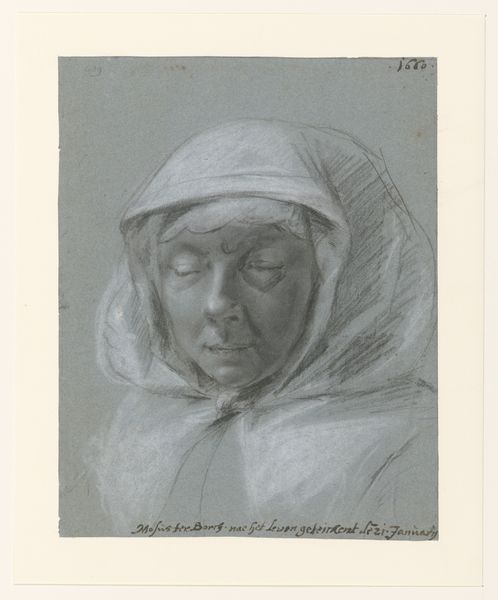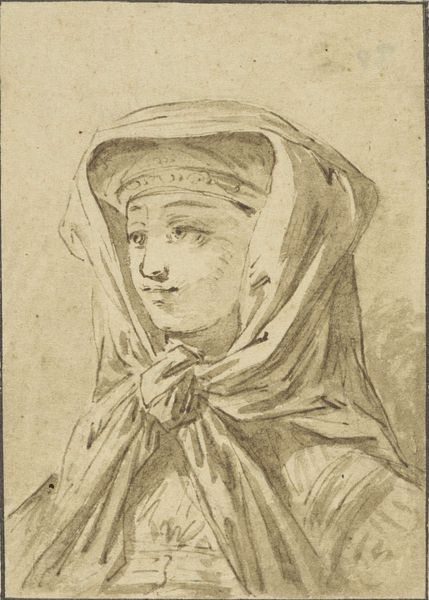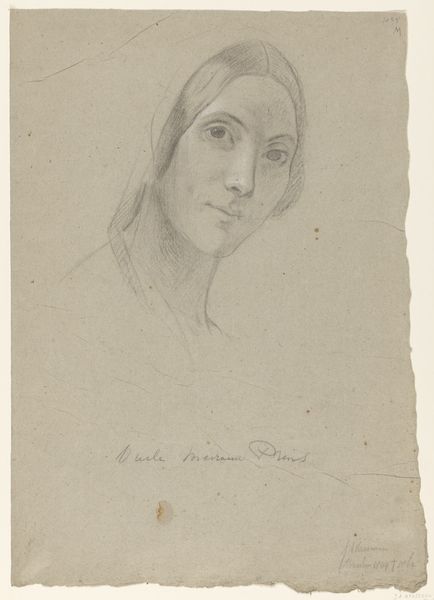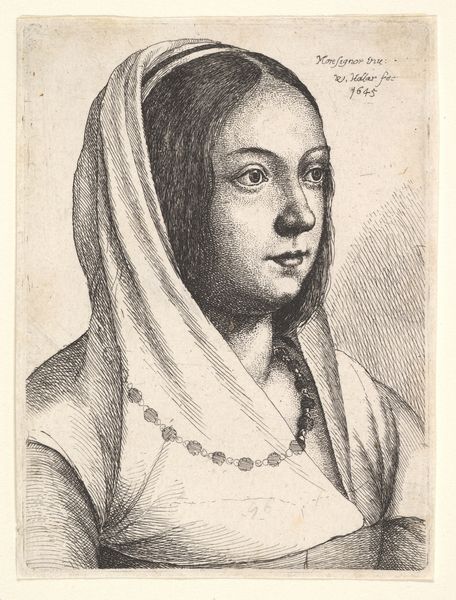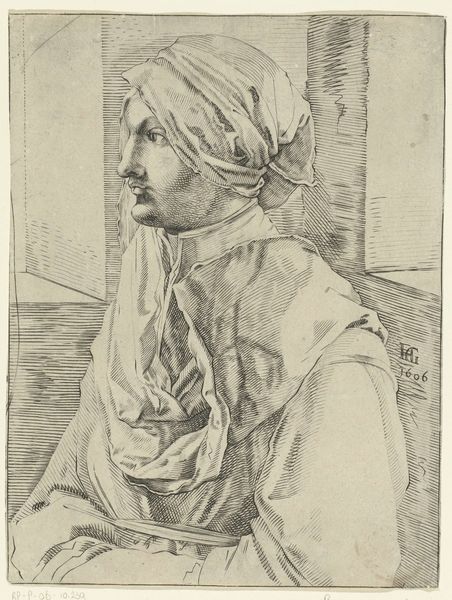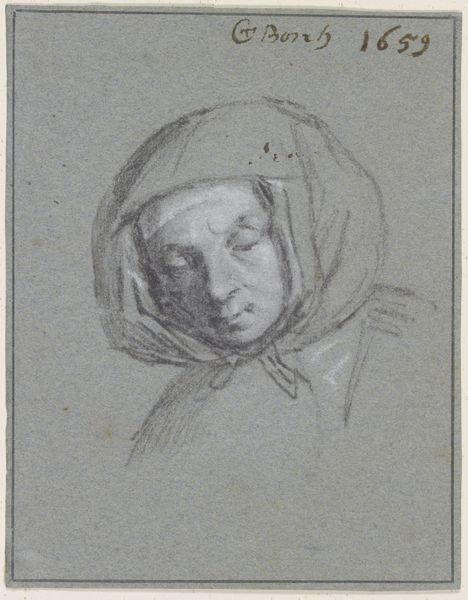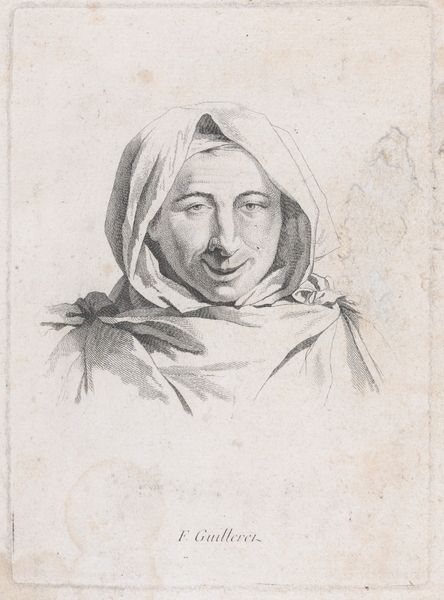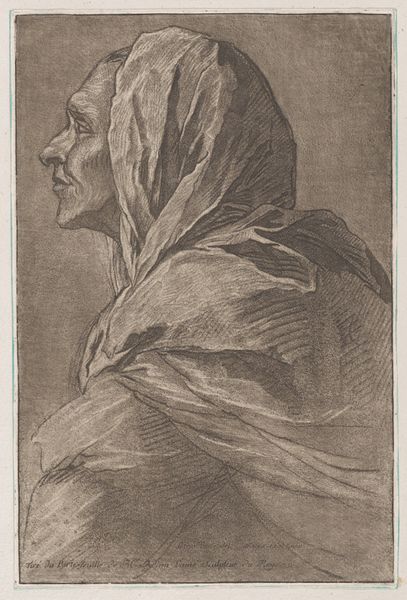![Portrait of a Woman [recto] by Hans Holbein the Elder](/_next/image?url=https%3A%2F%2Fd2w8kbdekdi1gv.cloudfront.net%2FeyJidWNrZXQiOiAiYXJ0ZXJhLWltYWdlcy1idWNrZXQiLCAia2V5IjogImFydHdvcmtzLzE3NzM2ZTM2LTU0ODUtNGY0Yi1hNTZmLWJmOTgwOTA4YmIyYi8xNzczNmUzNi01NDg1LTRmNGItYTU2Zi1iZjk4MDkwOGJiMmJfZnVsbC5qcGciLCAiZWRpdHMiOiB7InJlc2l6ZSI6IHsid2lkdGgiOiAxOTIwLCAiaGVpZ2h0IjogMTkyMCwgImZpdCI6ICJpbnNpZGUifX19&w=3840&q=75)
drawing, pencil
#
portrait
#
drawing
#
figuration
#
pencil
#
italian-renaissance
#
early-renaissance
Dimensions: overall (Oval): 14.4 x 10.3 cm (5 11/16 x 4 1/16 in.)
Copyright: National Gallery of Art: CC0 1.0
Editor: This is "Portrait of a Woman," a pencil drawing from around 1508 by Hans Holbein the Elder. There's something very serene and almost timeless about it. What catches your eye in this piece? Curator: Well, I see a meticulously crafted portrait, reflective of its time. Early 16th-century portraiture was deeply intertwined with social status and emerging Humanist ideals. Holbein the Elder places this woman, likely of some social standing indicated by her clothing, within the evolving visual language of the Renaissance. Notice how the lines aren’t just descriptive, they are also aspirational. How do you think this artwork might have been used or viewed back then? Editor: Perhaps to commemorate someone's social standing or to solidify family legacy? Like a status symbol? Curator: Exactly! The proliferation of portraits was part of a broader trend of individuals and families wanting to control their image, their narrative, in the public sphere. Holbein’s piece is a testament to the growing importance of the individual. Considering the role of portraits today - what similarities and differences do you notice? Editor: I guess now we have selfies. We all control our own image and project what we want the world to see! That's fascinating to consider the similarities hundreds of years apart. Curator: Precisely! This pencil drawing provides an intriguing lens through which to view the cultural and political forces shaping not only art but also personal identity. We see here the birth of manipulating and projecting public image. Editor: That's such a cool observation! I hadn’t really thought about how power plays a role in even something as simple as a portrait. It really reframes the entire piece!
Comments
No comments
Be the first to comment and join the conversation on the ultimate creative platform.
